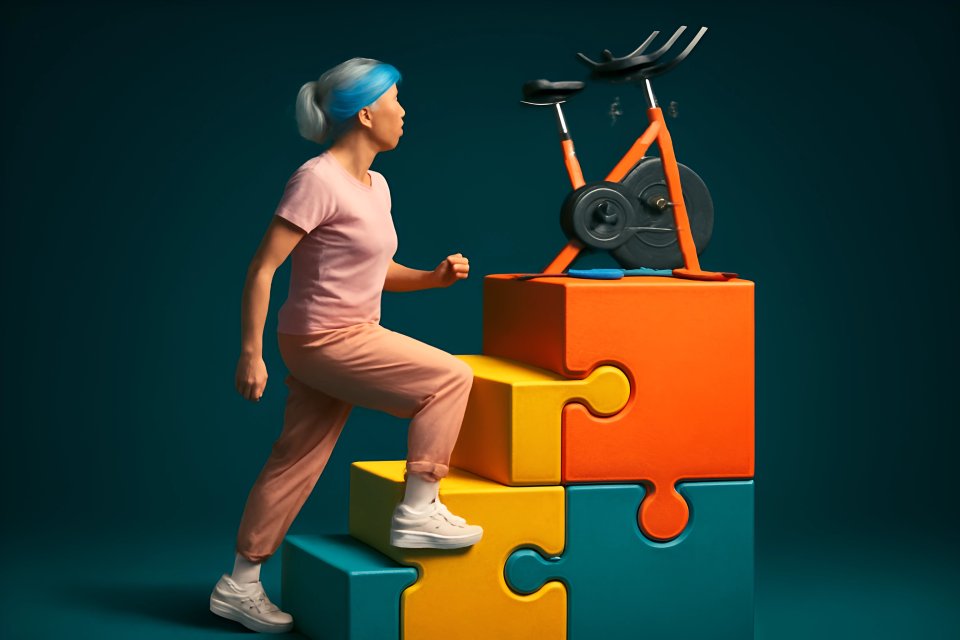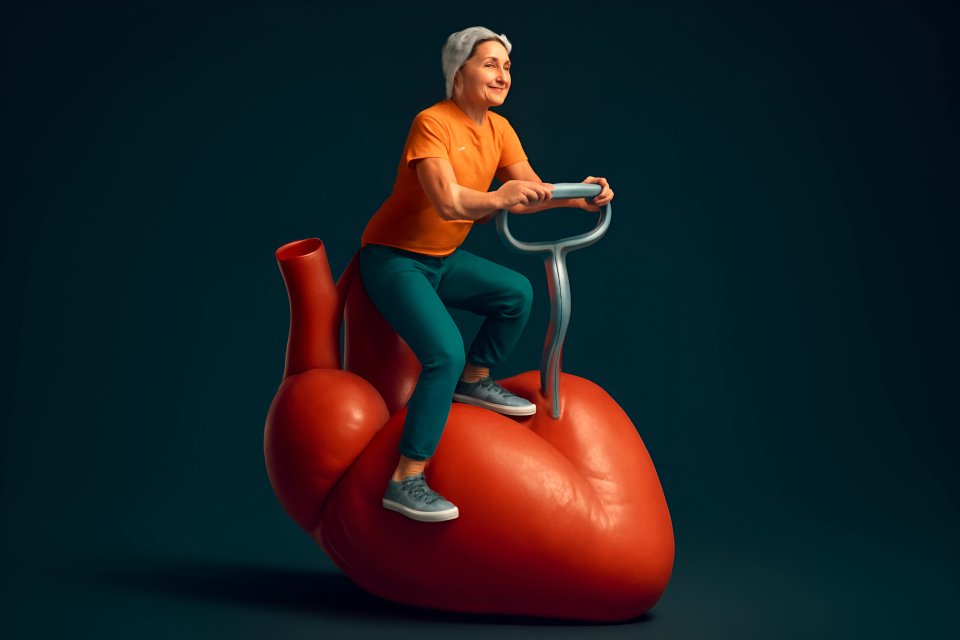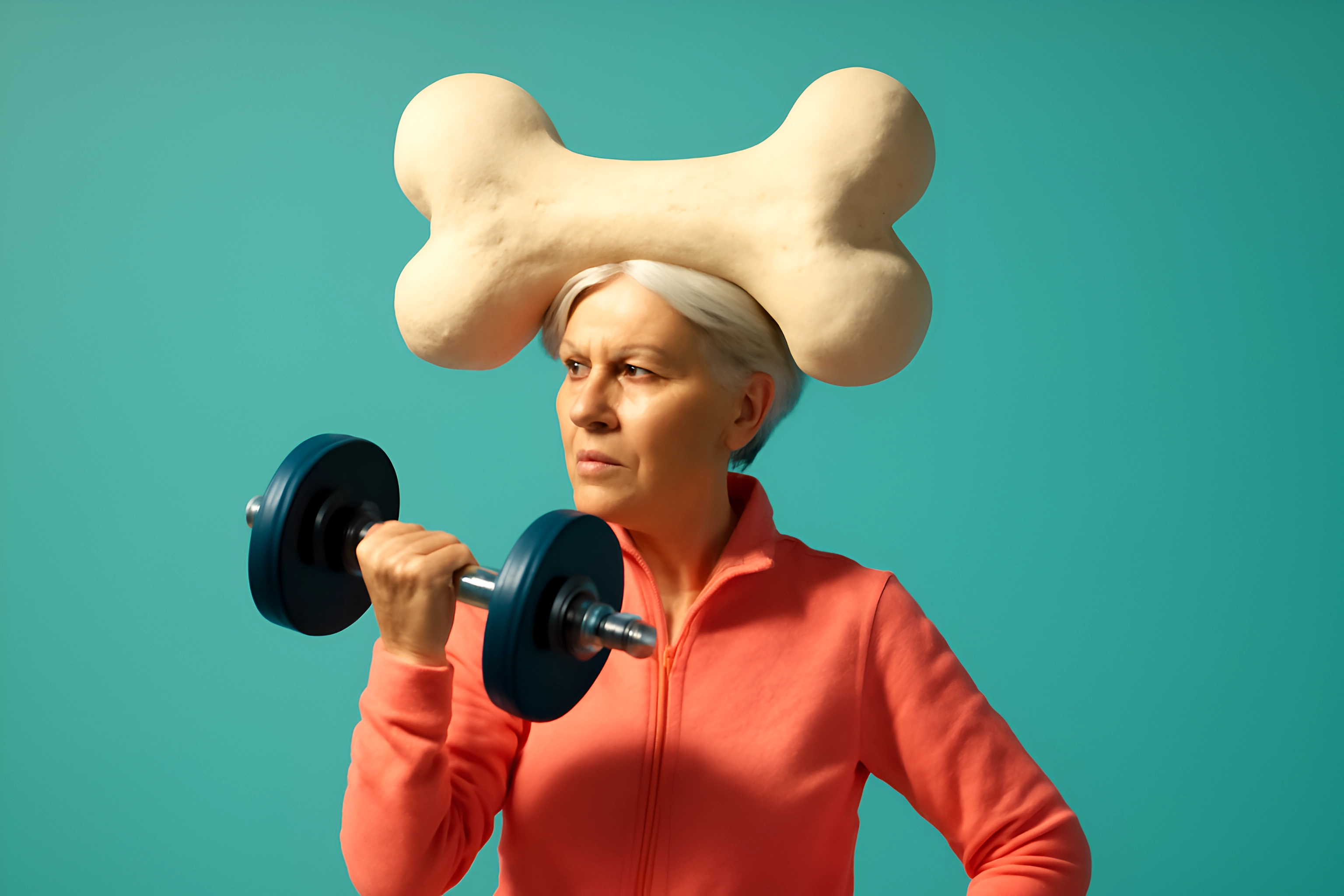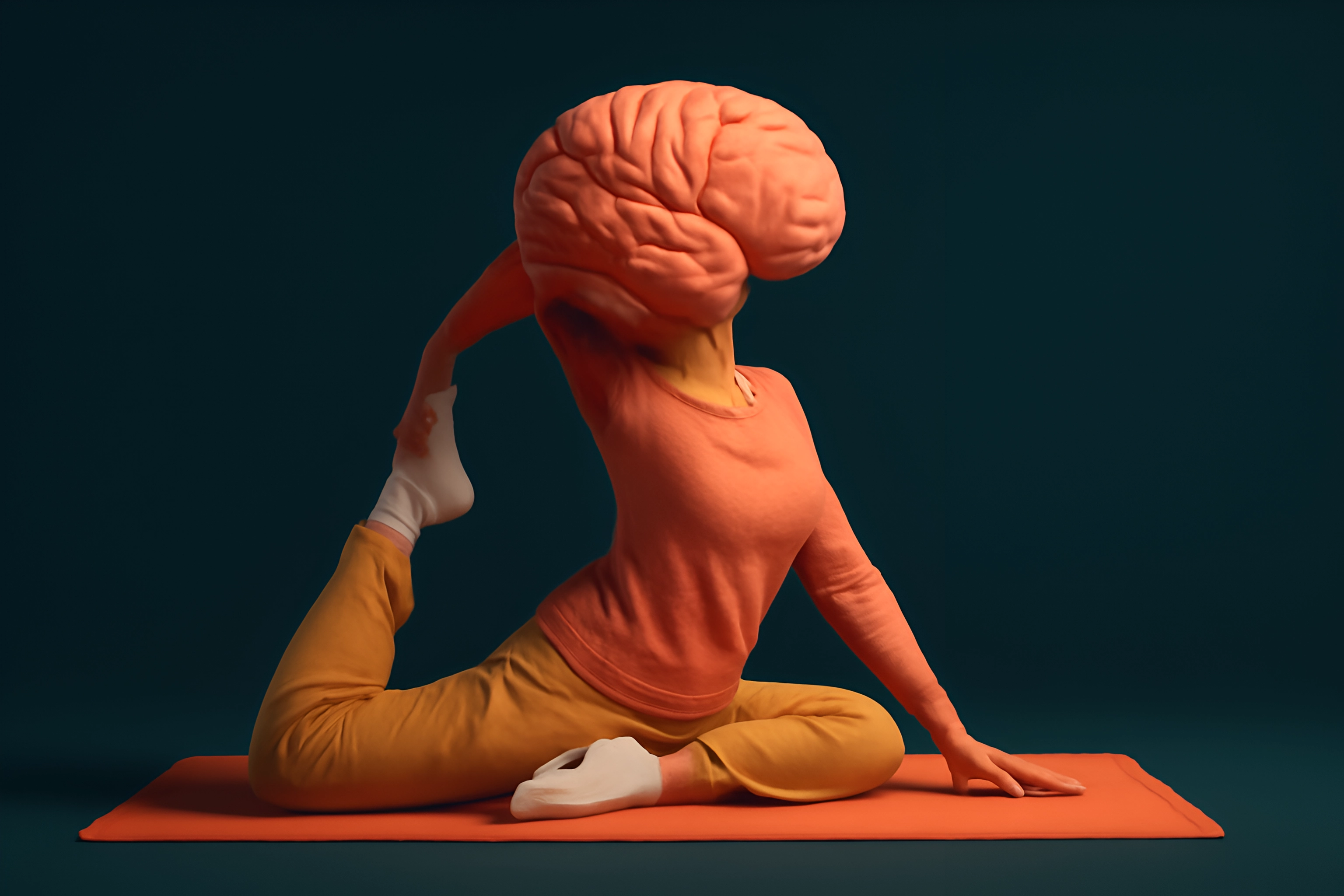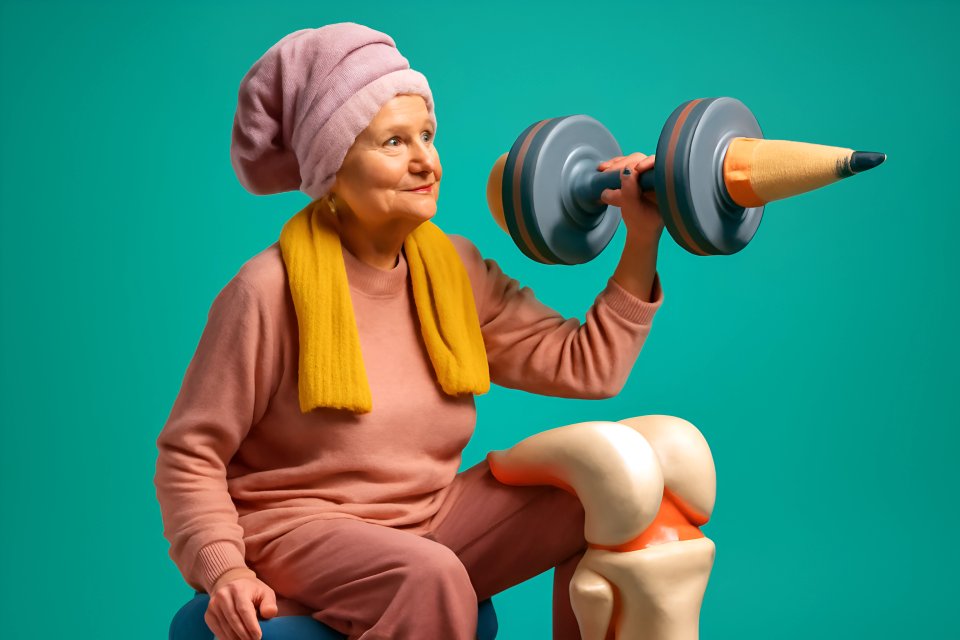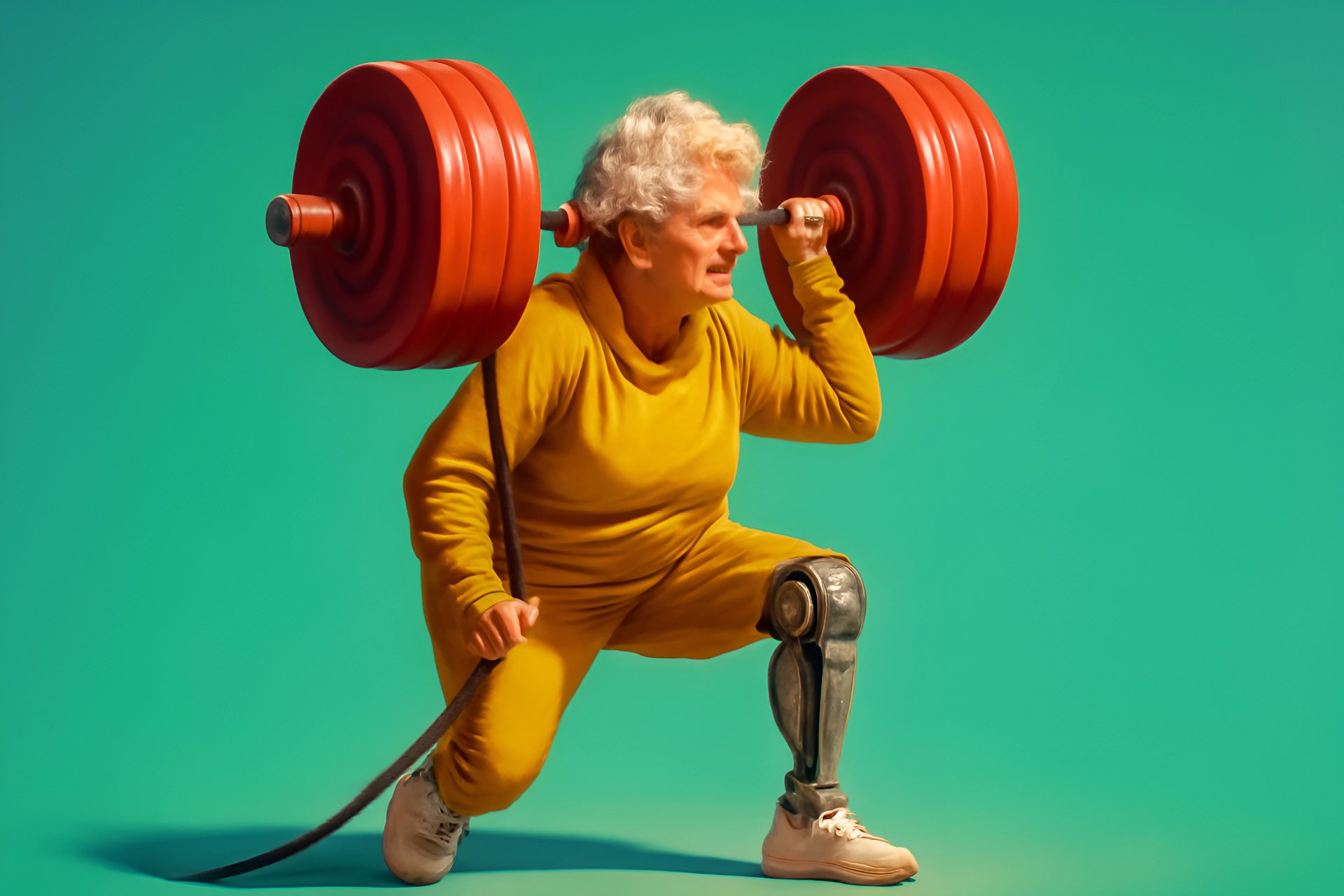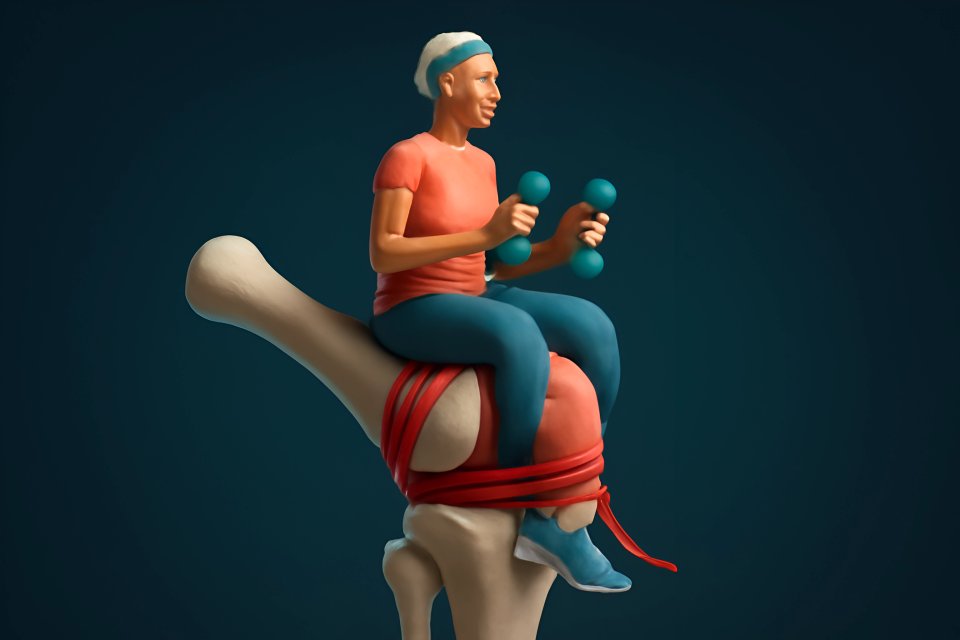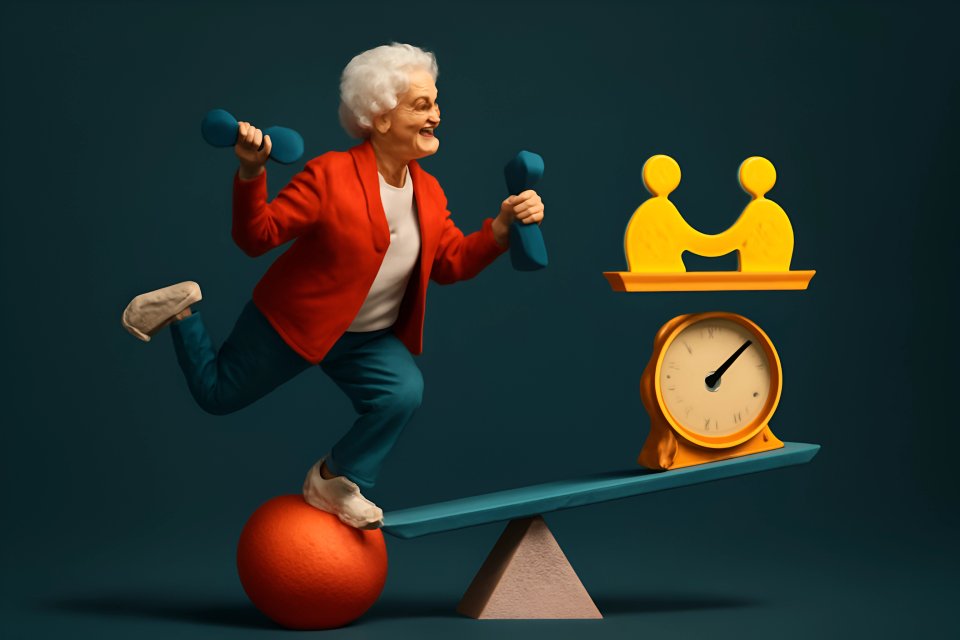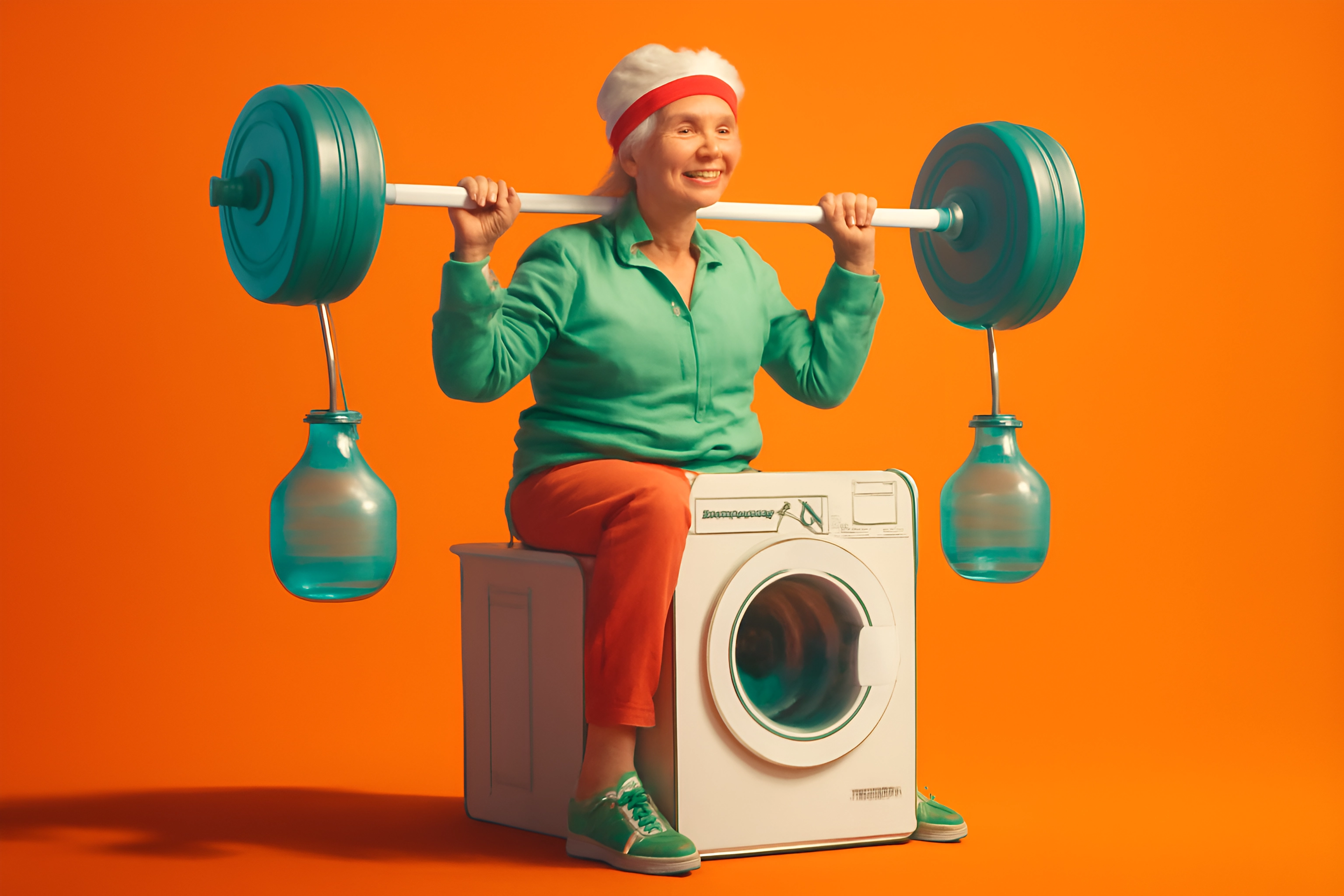
Why You Don’t Need a Gym to Stay Strong and Healthy
Let’s be honest. You want to feel strong, vibrant, and in control of your health. But the thought of navigating a crowded gym, paying for a membership you barely use, or dealing with complicated machines feels like a roadblock. What if the key to unlocking your best health wasn’t out there, but right inside your own home?
There’s a common myth that getting a great workout requires a mountain of expensive, bulky equipment. We’re told we need treadmills that cost a fortune and weight racks that take over the entire garage. This post is here to shatter that myth and show you a smarter, more affordable path to the vitality you deserve. We will reveal a curated list of powerful, space-saving, and highly effective at-home workout equipment for seniors on a budget.
Forget the compromises. Your home is not a second-best option; it’s your personal fitness sanctuary. It’s a place where you can move at your own pace, on your own schedule, and build the strength and confidence to live life to the fullest. This is your guide to taking back control of your fitness journey, one smart, affordable piece of equipment at a time.
The Best Affordable Home Workout Gear for Strength, Cardio, and Balance
For Strength and Bone Health: Resistance Bands
What if you could build serious muscle and protect your bones without ever lifting a heavy, intimidating weight? That is the power of resistance bands. These simple fabric or latex loops provide variable resistance that challenges your muscles through their full range of motion, something that is critical for fighting age-related muscle loss. They are incredibly gentle on your joints, making them one of the safest ways to build strength.
The best part? A complete set of high-quality bands often costs less than a single dinner out. According to fitness experts, you can find durable, effective sets for under $20, giving you a full spectrum of resistance levels to progress with as you get stronger. This small investment provides a total-body workout tool that you can store in a drawer, making it perfect for any living space.
Ready to start? Try a Seated Row to build powerful posture and back strength. Sit tall in a sturdy chair, loop a band around the arches of your feet, and hold the ends. Pull the band toward your torso, squeezing your shoulder blades together as if you’re trying to crack a nut between them. For more ideas, explore our guide to adaptive resistance training for seniors.
For Cardiovascular Endurance: Portable Pedal Exerciser
Imagine getting your heart-pumping cardio in while catching up on your favorite show or reading a good book. A portable pedal exerciser makes it possible. This compact device is essentially a set of pedals that sits on the floor, allowing you to get a fantastic, low-impact workout from the comfort of your favorite chair. It’s an ideal solution for anyone with mobility or balance concerns, as it eliminates the risk of falling while still delivering incredible benefits.
This simple machine is a game-changer for your circulatory health. Regular use is proven to improve blood flow, strengthen your heart, and increase stamina without putting any stress on your knees, hips, or ankles. When shopping, you can skip the fancy models with digital displays; the real magic is in the motion, and basic models are incredibly affordable.
To begin, simply place the exerciser on the floor, sit comfortably, and start pedaling for 15 minutes. Aim for a pace where you can still hold a conversation, which is a great indicator of moderate intensity. As you get stronger, you can explore more low-impact cardio ideas for heart-healthy exercises to keep your routine fresh and effective.
For Balance and Stability: Balance Pad or Disc
Every year, falls pose a serious threat to the independence of older adults. But what if you could train your body to be more stable and secure with one simple, inexpensive tool? A balance pad, which is a thick piece of foam or an inflatable disc, creates a slightly unstable surface that forces your body’s stabilizer muscles to fire up and work harder. This directly trains your sense of proprioception—your body’s internal GPS—which is essential for preventing falls.
The science is clear: this works. A study published in PubMed found that seniors who trained on foam pads for just a few months showed significant improvements in their standing balance. This isn't just a small change; it's a powerful defense mechanism that strengthens your core, ankles, and confidence with every use.
Getting started is safe and easy. Place the pad on the floor near a sturdy chair or countertop for support. Simply stand on it for a few minutes each day, focusing on keeping your body steady. You’ll feel your ankle and core muscles engaging immediately, building a foundation of stability that will serve you for years to come.
For Flexibility and Recovery: Stretching Strap with Loops
Do you ever feel that morning stiffness in your back, hips, or legs? A stretching strap is your secret weapon for melting away that tension and reclaiming your flexibility. Unlike a stretchy exercise band, this is a non-elastic strap, often with built-in loops for your hands and feet. This design allows you to achieve deeper, more controlled stretches than you could on your own, gently easing your muscles into a greater range of motion.
This tool is particularly beneficial for tight spots like the hamstrings and shoulders, which can limit your mobility and lead to discomfort. By using the strap, you can safely guide your limbs into position, holding stretches for longer to release years of built-up tightness. For those on a tight budget, a simple yoga strap can work just as well and is often even cheaper.
A perfect stretch to start with is the Supine Hamstring Stretch. Lie on your back, loop the strap around the bottom of one foot, and gently pull the strap to lift your straight leg toward the ceiling. You’ll feel a gentle, effective stretch all along the back of your leg, helping to improve flexibility and reduce lower back strain.
Your Guide to Making Safe and Savvy Purchases
Read Real-World Reviews
Before you click "buy," become a savvy researcher. Don't just look at the star rating; actively seek out senior exercise equipment reviews from people who are in your age group and have similar fitness goals. Their real-world experience is more valuable than any marketing copy.
Look for comments that mention long-term durability, ease of assembly, and whether the product felt stable and secure during use. Did the resistance bands snap after a month? Was the pedal exerciser noisy or did it slide on the floor? These are the details that make the difference between a smart purchase and a piece of clutter.
These user insights will help you choose equipment that is not only effective but also designed with your safety and comfort in mind. This step ensures your investment truly supports your health journey.
Prioritize Adjustability and Safety
Your safety is non-negotiable. When choosing equipment, look for critical safety features like non-slip surfaces on pedals and balance pads, and sturdy construction that won't wobble or break under pressure. Your workout should build your confidence, not create anxiety.
Adjustability is the key to making your equipment work for you over the long haul. A set of resistance bands with multiple tension levels allows you to start light and gradually increase the challenge as you get stronger. This means you won't have to buy a whole new set every few months, saving you money and supporting your progress.
This focus on adjustability is especially important for anyone dealing with joint pain. Being able to modify the intensity ensures you can build strength without causing a flare-up. For more guidance, see our tips on strength training modifications for seniors with joint pain.
Consider Your Space
Before you add anything to your cart, take out a measuring tape. The last thing you want is a piece of equipment that arrives and doesn't fit in your designated workout nook. Knowing your available space will help you filter out items that are too bulky and focus on tools that will enhance your home, not clutter it.
The beauty of the equipment we've recommended is its compact nature. Resistance bands, stretching straps, and balance pads can be tucked away in a basket or drawer, taking up virtually no room. Even a pedal exerciser can slide easily under a desk or table when not in use.
Choosing space-saving gear gives you a powerful sense of control over your environment. You are creating a functional fitness space that appears and disappears on your command, leaving your living area clean and uncluttered.
A Note on Maintenance
Protecting your investment—and your safety—requires a little bit of simple maintenance. Think of it as a 2-minute ritual before or after your workout. This small habit ensures your gear remains in top condition for years to come.
For resistance bands, always give them a quick visual inspection before use. Look for any tiny nicks, tears, or worn spots, especially where the band might be anchored. A damaged band can snap, so it's crucial to replace it if you see any signs of wear.
For all other equipment, a simple wipe-down with a damp cloth after use will keep it clean and hygienic. This simple act of care reinforces the value of your tools and your commitment to your health.
Your Budget-Friendly Weekly Workout Plan
Feeling motivated but not sure where to start? We’ve taken the guesswork out of it. This sample weekly plan integrates the "Core Four" pieces of equipment into a balanced, effective routine that will build your strength, endurance, and confidence.
Remember, this is a template, not a rigid prescription. Listen to your body. If you feel energetic, add a few more minutes. If you're feeling tired, a gentle stretching session is a perfect choice. The most important thing is to create a consistent habit.
This plan is designed to meet the CDC's recommendation of 150 minutes of moderate activity per week. By following this schedule, you are taking a powerful, proactive step toward better health. For a deeper dive, learn how to build a low-impact exercise routine over 50.
Monday (Strength): 20 minutes using Resistance Bands (Seated Rows, Bicep Curls, Leg Presses).
Tuesday (Cardio & Balance): 15 minutes on the Pedal Exerciser, followed by 5 minutes of Balance Pad exercises.
Wednesday (Flexibility): 15 minutes of gentle stretching using the Stretching Strap.
Thursday (Strength): 20 minutes using Resistance Bands (focus on different muscle groups like shoulder presses and glute bridges).
Friday (Cardio & Balance): Repeat Tuesday's routine, perhaps increasing the pedal resistance slightly.
Weekend: Active recovery (a brisk walk, gardening) and light stretching.
Your Journey to At-Home Fitness Starts Now
You don't need a gym membership or a second mortgage to build a body that feels strong, stable, and full of life. As you've seen, a small investment in a few key pieces of affordable home workout gear is all it takes to create a comprehensive fitness routine. You have the power to transform any corner of your home into a personal hub of health and vitality.
This isn't just about exercise; it's about reclaiming your independence. It's about having the strength to carry your own groceries, the balance to play with your grandkids without fear, and the energy to say "yes" to life's adventures. Investing in these simple tools is a direct investment in your freedom and your future.
Now, it's your turn to take the first step. You have the knowledge and the plan. The only thing left to do is begin.
What's your favorite piece of budget-friendly fitness equipment? Share your tips and experiences in the comments below to help our FitOverFifty community thrive







